SBV leader explains post-riot measures
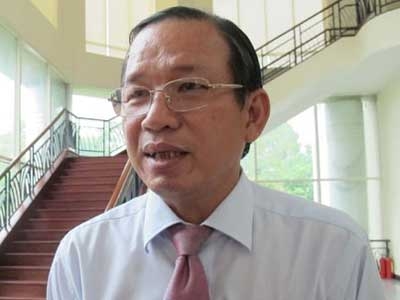
Deputy head of the State Bank of Vietnam’s Ho Chi Minh City branch Nguyen Hoang Minh
Can you brief our readers on the lending situation between HCMC banks and the firms that were attacked during the recent incidents?
Statistics from our branch show that a total 32 FIEs based in the city’s export processing and industrial zones were damaged in the recent protests. Seventeen of these have credit relationships with banks and they have taken out a total $11 million in loans, none of which are in default.
By the end of April this year, total lending to 1,459 firms based at the city’s export processing zones and industrial zones came to VND75.5 trillion ($3.6 billion), with medium and long-term loans accounting for around 25 per cent of the total.
How have city-based banks provided support to help affected FIEs revive their operations?
Our branch has been cooperating with the management of EPZs and IZs in the area to meet affected FIEs to understand their situation and support them effectively.
We have also met with commercial banks to discuss how to support affected firms.
From this we have decided on the three following measures:
First, maintaining current credit levels and making loans available to FIEs once they need them.
Second is to take the initiative in lowering or exempting interest rates to damaged firms.
Third, for firms whose losses are critical, city-based commercial banks will report to the central bank and the government on possible ways to support them (such as freezing their debts).
But as of yet, no FIEs have asked to freeze their debts. Rather, most want to be able to borrow more.
On a separate note, the foreign exchange and gold markets have seen slight fluctuations recently. Could you briefly discuss this?
The dong-US dollar rate went up slightly in mid-May against earlier in the month, but did not reach the regulated cap. This indicates that dollar supply is still sufficient enough to meet the economy’s needs. Banks have sufficient capital, both dong and foreign currencies, to meet business demand and if they do not, they can turn to the central bank for more.
I have to say that the central bank has been effective at ensuring supply is meeting demand in the gold market.
The gold price going up slightly recently was mostly psychological due to the situation in the East Sea. The international market saw gold prices fall. Therefore, people should be vigilant in observing overall market movements.
What the stars mean:
★ Poor ★ ★ Promising ★★★ Good ★★★★ Very good ★★★★★ Exceptional
Latest News
More News
- Telegram boss Durov charged, banned from leaving France (August 29, 2024 | 15:54)
- Lego profit rises as it gains market share (August 29, 2024 | 15:39)
- Chinese EV giant BYD posts 24.4 per cent rise in profit (August 29, 2024 | 15:32)
- Ericsson and PTIT collaborate to drive 5G implementation (August 29, 2024 | 14:27)
- VIR conference promotes green solutions in automotive industry (August 29, 2024 | 10:26)
- Tech players take on EV charging infrastructure (August 29, 2024 | 10:05)
- Hybrid vehicles enter SCT overhaul debate (August 29, 2024 | 09:59)
- Tobacco and aircon units lead excise tax discussions (August 29, 2024 | 09:54)
- Prejudices hold back garment investment (August 29, 2024 | 09:44)
- Bangladeshi loss can be Vietnam’s gain in textiles (August 29, 2024 | 08:00)


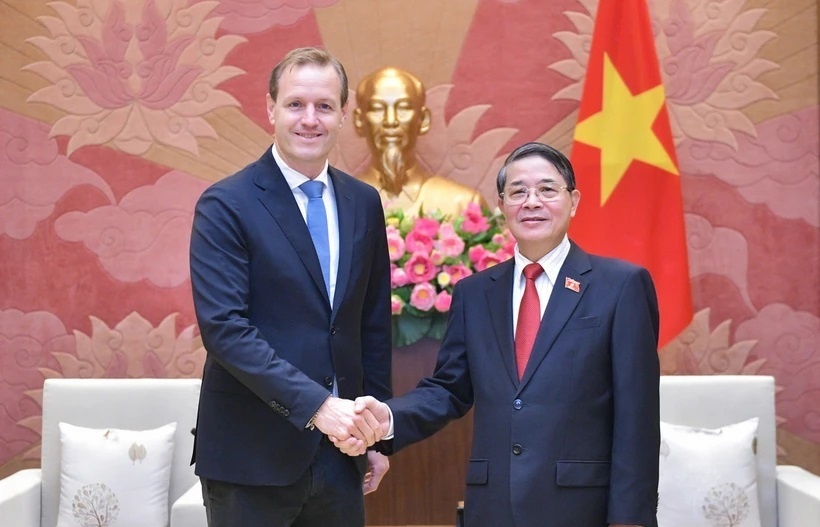


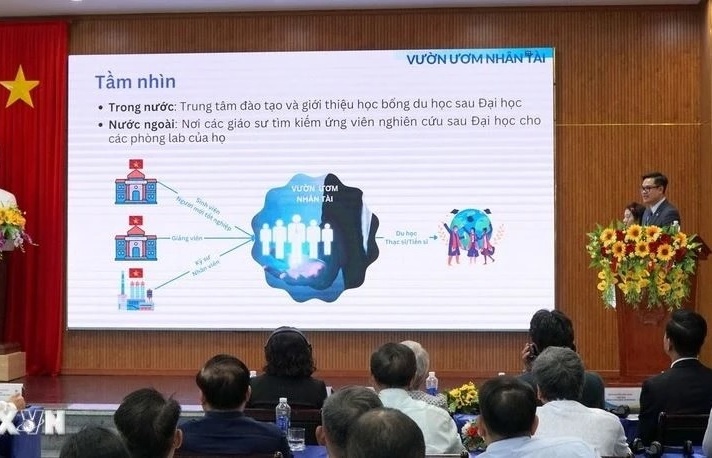
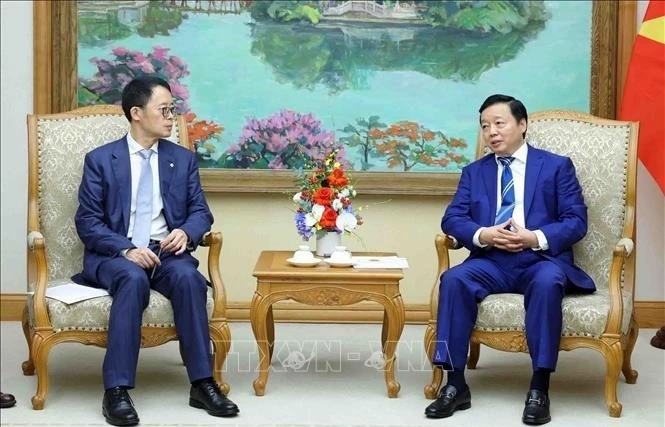





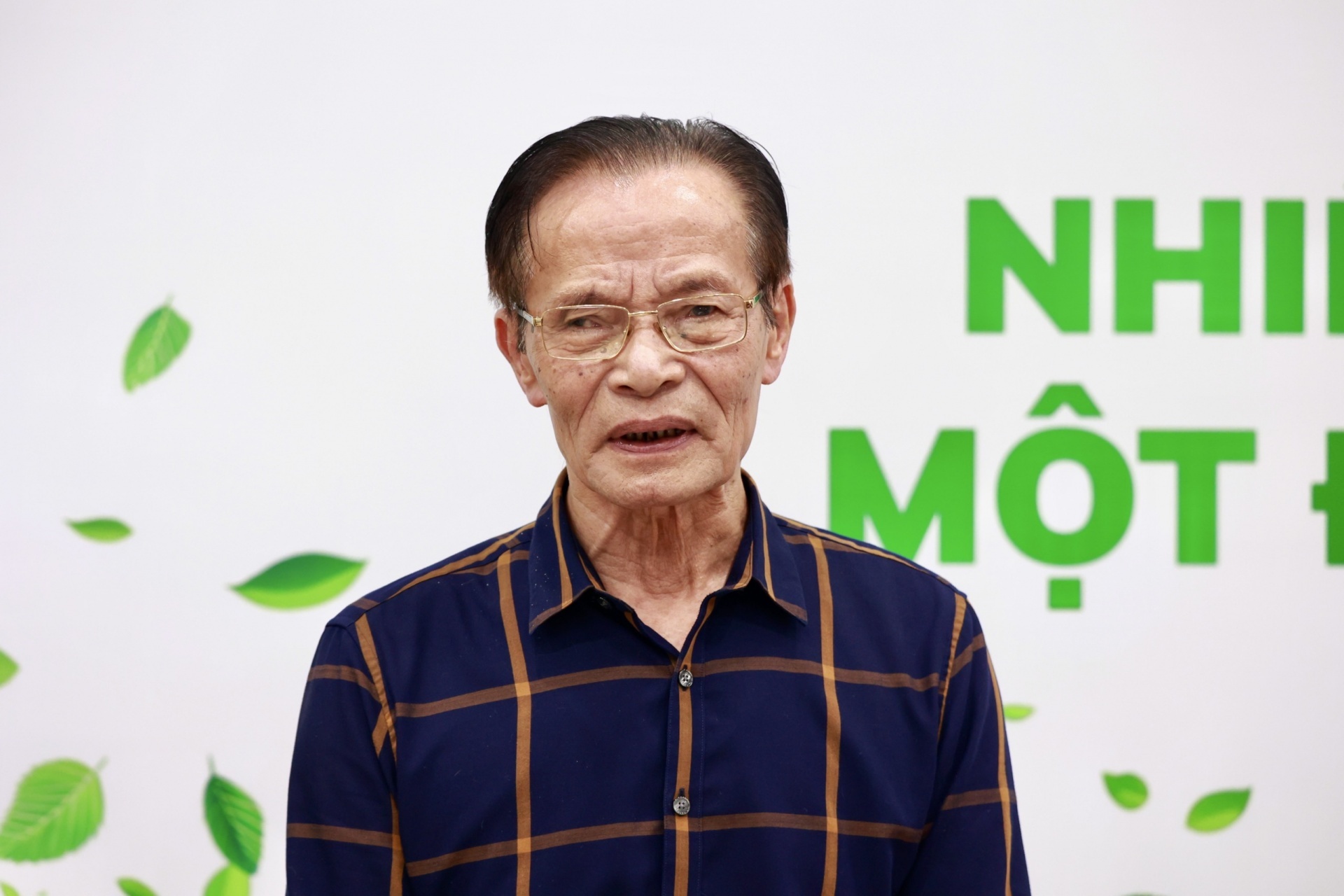

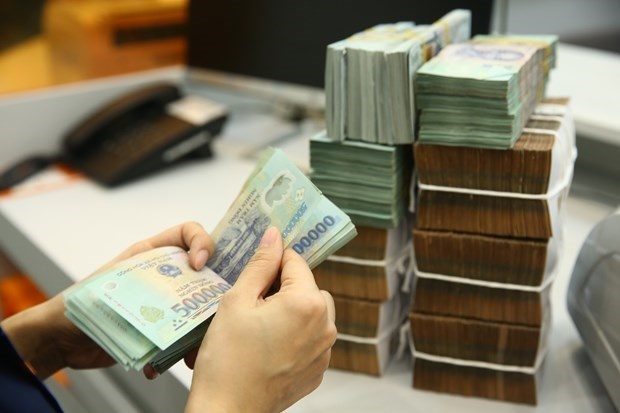



 Mobile Version
Mobile Version